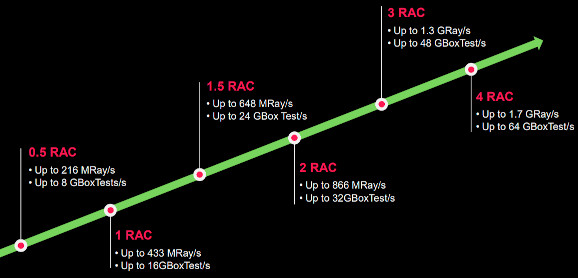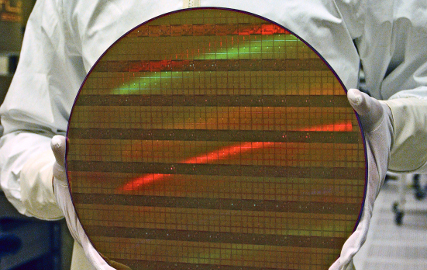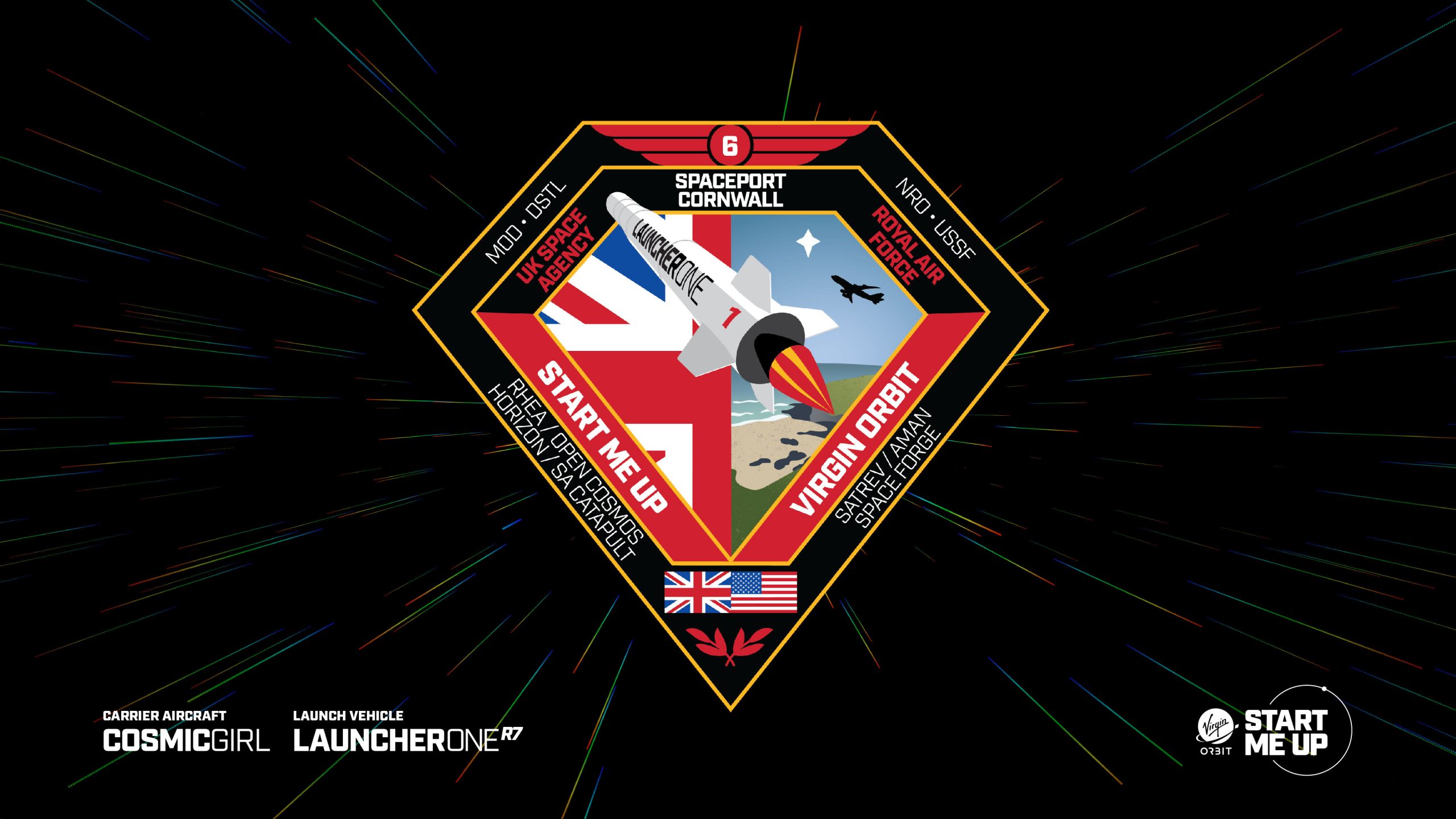
Called IMG DXT, and part of a planned ‘D-Series’ family, the GPUs “offers mobile device manufacturers the chance to integrate ray tracing into their SoCs, to match their design goals from premium to mainstream devices”, according to the company. The GPU scales from a “half RAC [ray acceleration cluster] configuration up to a four-RAC design, covering applications from simple shadowing in hybrid implementations to premium ray-traced graphics for AAA content”.
‘Fragment shading rate’ (FSR) is supported for Vulkan – fragment shading draws colours from a scene onto the framebuffer.
FSR trades away some visual impact to increases graphics performance by decreasing the number of fragments processed, and “makes ray-traced effects more efficient as fewer rays are sent into the scene, meaning realistic lights and shadows are achieved within a smaller silicon area”, said Imagination.
Developers control how much FSR is used. At its highest setting, used for background in an image for example, shader code is only executed once for a 4×4 fragment zone, resulting in a near 94% reduction in workload with matching power and bandwidth benefits, the company said. Zones of 2×4, 4,2, 1×4, 4×1, 2×2, 2×1 and 1×2 are available for increasing detail, as well as the no FSR (so ‘1×1’) for full detail.
Imagination has announced three example configurations (optimised for 3nm, at 1GHz):
- IMG DXT-72-2304 ‘flagship mobile’
50% higher maximum single-core performance compared to CXT Series, due to ray tracing
2.25Tflop/s FP32
72Gtexel/s
648Mray/s – 1.3Gray/s tracing option - IMG DXT-48-1536 ‘premium mobile’
10 – 20% increased performance density compared to CXT Series due to ray tracing
1.5Tclop/s FP32
48Gtexel/s
433 – 866Mray/s tracing option - IMG DXT-8-256 ‘mainstream’
256 Gflop/s FP32
8Gtexel/s
216 – 433Mray/s tracing option
“DXT cores offer 20% better performance density per area than the CXT GPUs, while reducing power requirements,” claimed imagination.
Another feature of DXT GPUs is 2D dual-rate texturing – adding a ‘fast path’ through the texture processing unit (TPU) for when game developers rely on heavy texture sampling post-processing to implement filter effects. A near doubling of bilinear filtering performance is claimed with reduced power consumption overall for a small area increase.
Other features include support for Khronos ASTC HDR compression, which aims to retain detail while offering greater dynamic range between bright and dark areas.
Development tools include Vulkan RT ray tracing support.







